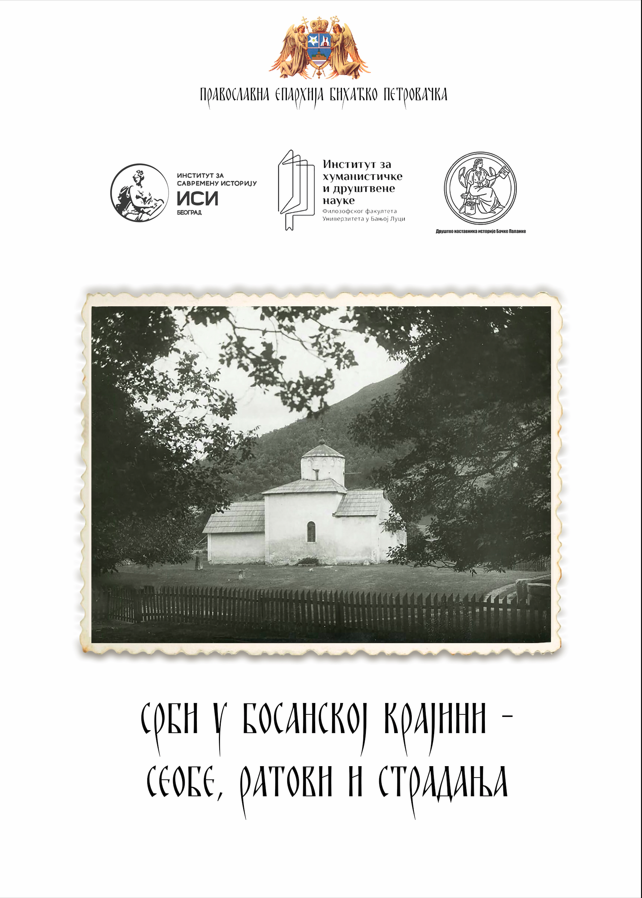THE EXECUTION SITES OF THE SERBS IN THE REGION OF BIHAC DURING THE INDEPENDENT STATE OF CROATIA AND THE STEP TOWARDS THE DETERMINING OF THE TOTAL NUMBERS OF THE VICTIMS IN WORLD WAR II
DOI:
https://doi.org/10.63356/978-99997-40-02-9_012Keywords:
Bihac, the Grand District of Krbava and Psat, ISC, crime, execution siteAbstract
Shortly after the establishment of the Independent State of Croatia (ISC), the authorities of that state were formed in the region of Bosnian Krajina. A key figure was Viktor Gutic, while the Grand District Prefect of the Grand District of Krbava and Psat was Ljubomir Kvaternik, the organizer and the leader of the crimes against the Serbian and Jewish population in the area of Bihac. The horrific crimes against the Serbs and Jews in the region of Bihac began after the departure of the Italian military and civil authorities on May 18th, 1941. Through a chronological timeline, this work presents the crimes committed against the Serbs and a small number of Jews during four periods: from the formation of ISC authorities and the local organization of the Ustasha movement, then from June 17th when the Emergency Court for the Grand County of Krbava and Psat was appointed as a tool of the penal-legal system of ISC, followed by July 14th and the appointment of a second composition of the court when mass executions of men began in the field of Bihac. In addition to three execution sites in the field of Bihac (Garavice, Uljevite Bare, Ceravci), crimes were committed at many other locations: the pit under Risova Greda, Boricevac pit, Osoje forest near Vrsta, Delic's pit, Peranic's gorge, Mehino stanje near Velika Kladusa, Sokol House in Krupa, Black Lake, Macini Dolovi near Cazin, Ugricina pond, Zdeni Do, Poljice forest, and many others. The fourth period begins with armed resistance, followed by brutal reprisals against the inhabitants of the villages where women, children, the elderly, and a few men lived. The most horrifying crimes, committed with cold weapons, scythes, axes, and pitchforks, occurred at the end of August in the villages along Suva Meda and between Krupa, Otoka, and Kladusa, targeting the unprotected and terrified women and children. Considering all the execution sites, it is concluded that the number of victims commemorated in the monument culture under the term "Garavice" represents less than one-third of the killed Serbs. The total number of Serbian victims in the region of Bihac in the first year of the war exceeds 26,000 men, women, children, and the elderly. The crimes in the region of Bihac were more organized, massive, and brutal compared to other parts of the ISC, as Bihac was the center of an area predominantly inhabited by Serbs.
Downloads
Published
Issue
Section
License

This work is licensed under a Creative Commons Attribution-NonCommercial 4.0 International License.


